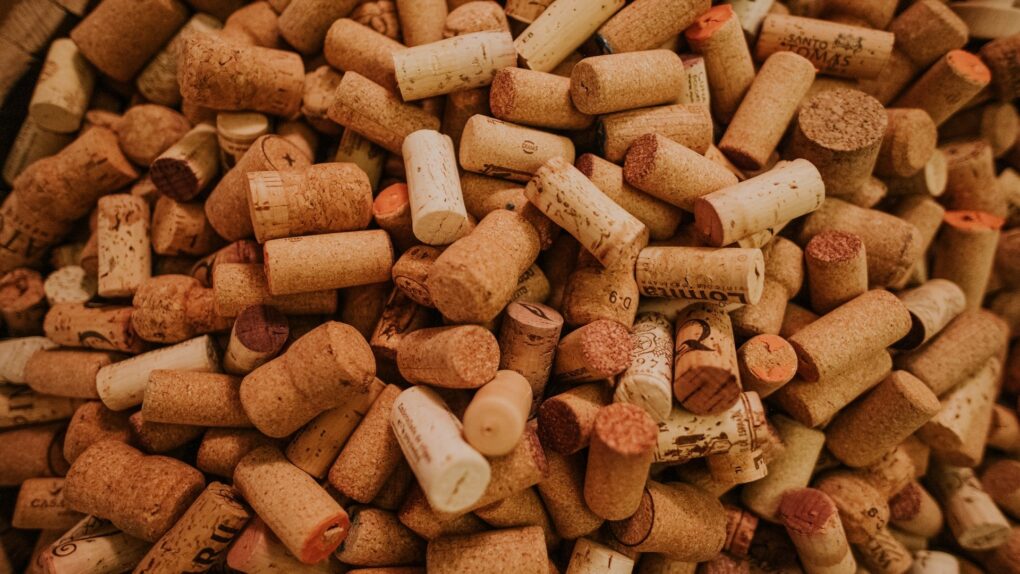The state controls (not just the controlling states) are counterbalanced by private producers, who do not benefit from restrictions, and they try to expand their opportunities. They work on several fronts. First, they try to ensure that there are no controlling states left. Second, they are working to at least reduce the power of the controlling states and regions (ideally, to replace direct government regulation entirely with licensing). They also seek to reduce the resources devoted to liquor control enforcement. In addition, they are pushing for an extension of the time in which alcohol can be sold/bought and for alcohol to be allowed in more places and situations. Finally, they resist restrictions on advertising and increases in excise taxes.
In this confrontation the position of the authorities is contradictory. On the one hand, they benefit from taxes on producers. On the other hand, they are obliged to protect public health. In other words, they simultaneously create barriers to abuse (education, prohibitions) and encourage the growth of alcohol sales and advertising. This is facilitated by the fact that, at the legislative and accounting level, the sale and advertising of alcohol and the consequences of abuse are virtually unrelated. Health statistics categorize alcoholism as one of the types of drug abuse, and not the most dangerous. Thus, the fight against alcoholism is not part of alcohol policy, but is part of the overall fight against drug addiction.
The general scheme of organization of the alcohol market in the U.S. is determined by the so-called three-tier system, which, again, was introduced after the repeal of Prohibition. All industry players are divided into producers, distributors (wholesalers) and retailers. One and the same company cannot combine these functions. In cases of wine monopoly, wholesale purchases from producers and retail trade are also engaged, different state agencies.
The point of this division is to create a system of checks and balances, which by itself would provide the regulation of the industry. Although, in general, all players in the system have common interests, they have grounds for conflicts. For example, conflicts may arise if a manufacturer wants to raise prices for wholesalers, who, in turn, would have to raise prices, which is not beneficial to retailers because they would have to raise prices for consumers. In addition, conflicts can arise when legislation begins to give advantages to representatives of one level to the detriment of representatives of the other two.
Another point is that the retail trade, by its nature, is much more closely related to local features than national level producers, i.e. it is more exposed to local social processes. In particular, if any local community is distinctly opposed to the liquor trade, then liquor stores in that location will adjust to the context and emphasize their social safety net (at the same time, they will try to influence state policy so that decisions made do not conflict with their interests). National-level producers are indifferent to such subtleties, which can also lead to discrepancies.
The existence of the three-tier system itself is not always beneficial to its participants, and large producers from time to time try to bypass it, say, by becoming owners of enterprises at all levels at once, as a result the boundaries between the levels become more blurred. In addition, manufacturers can increase their influence on wholesalers or actually take over their networks. Ultimately, this can lead to them having more instruments of pressure in the area of political decision-making. This can already cause protests at the local level, both among the population dissatisfied with the easing of alcohol policy, and among local producers (especially beer producers), who begin to be squeezed by large national-level producers.
